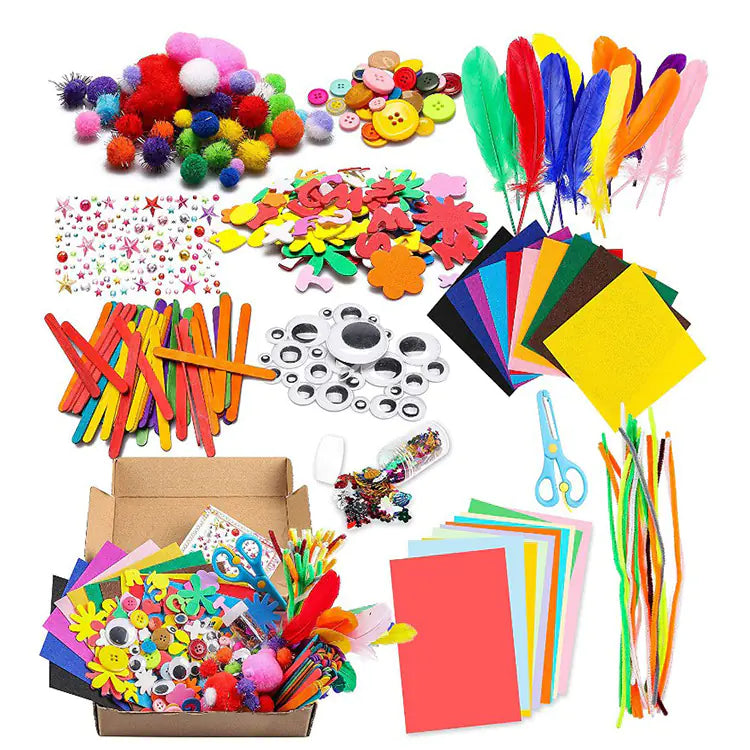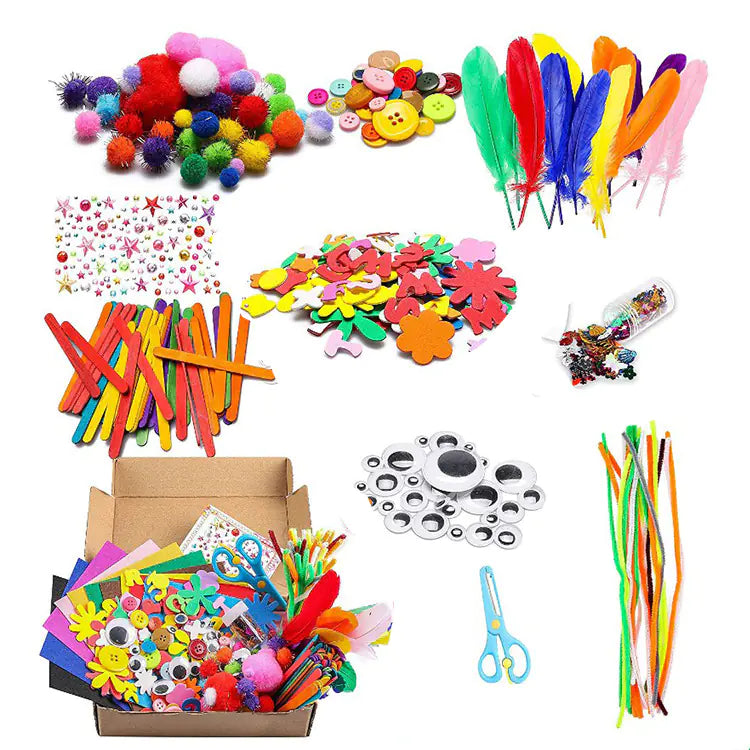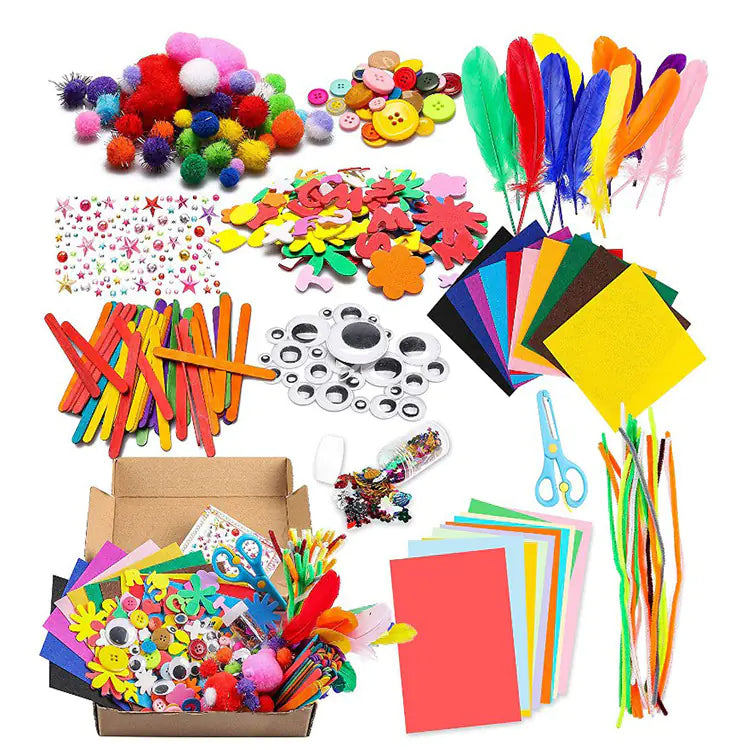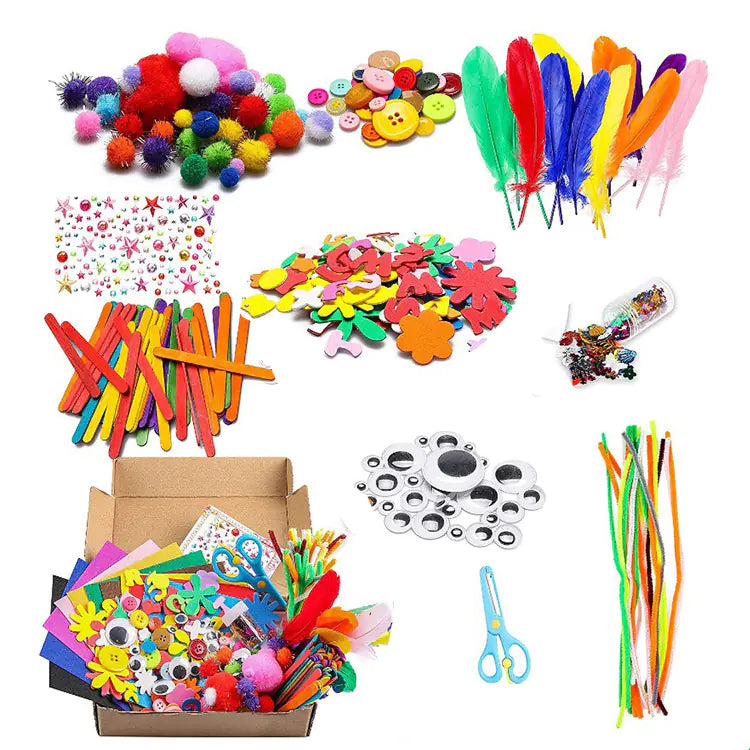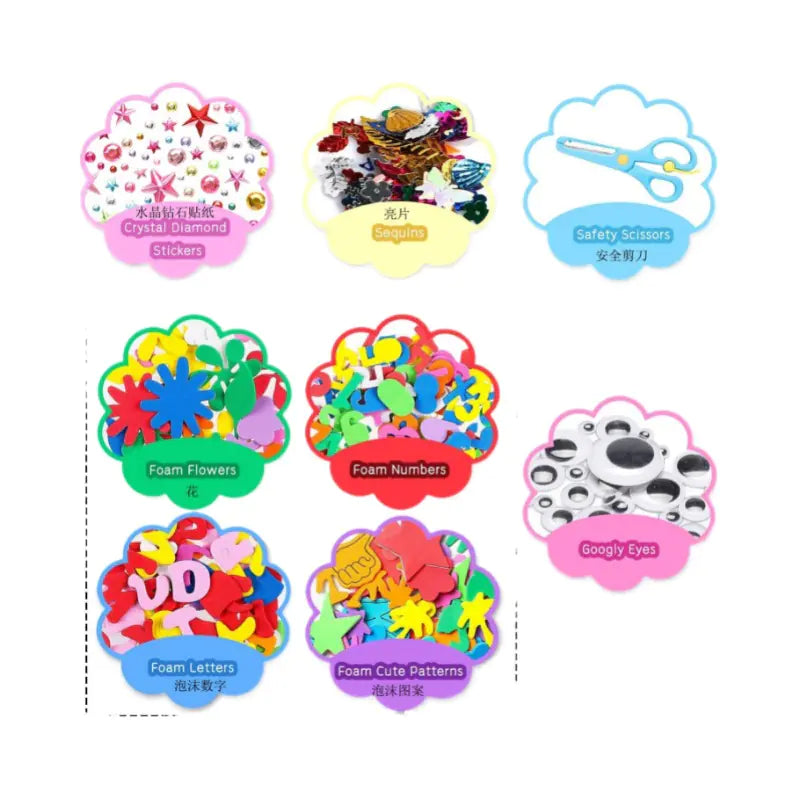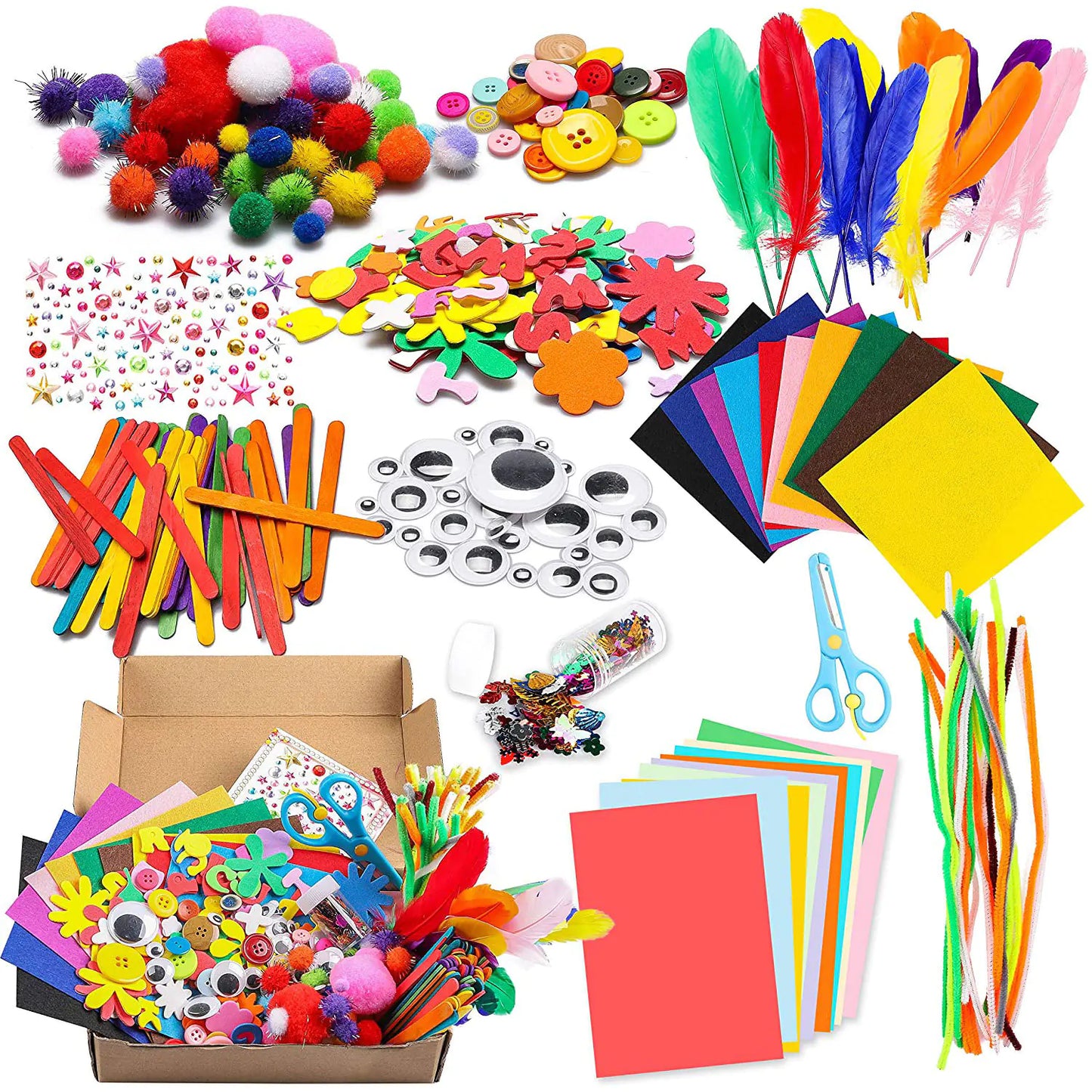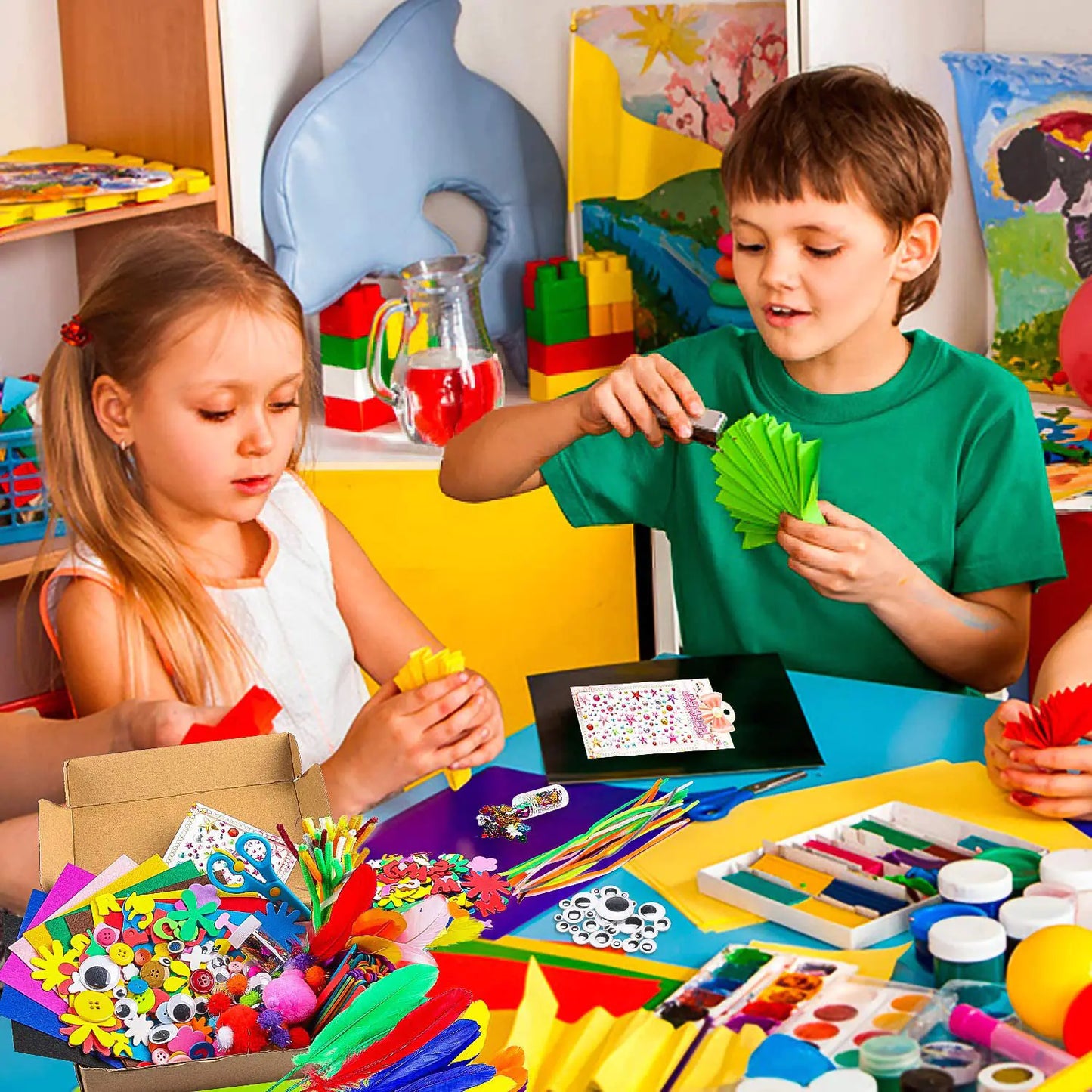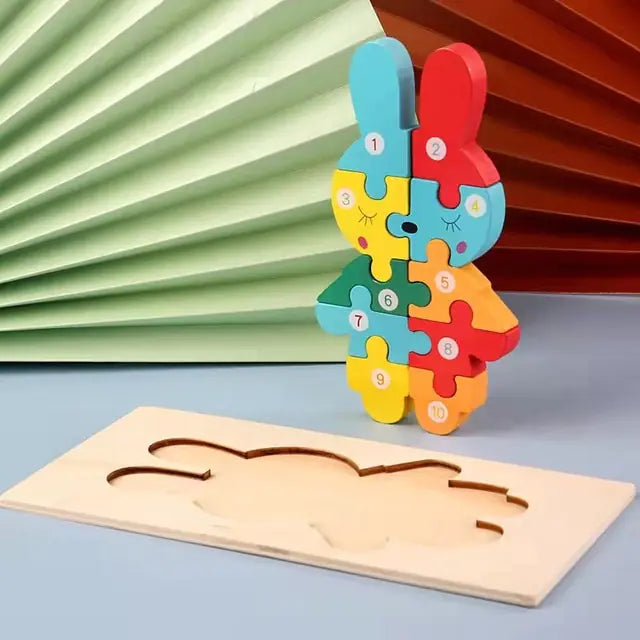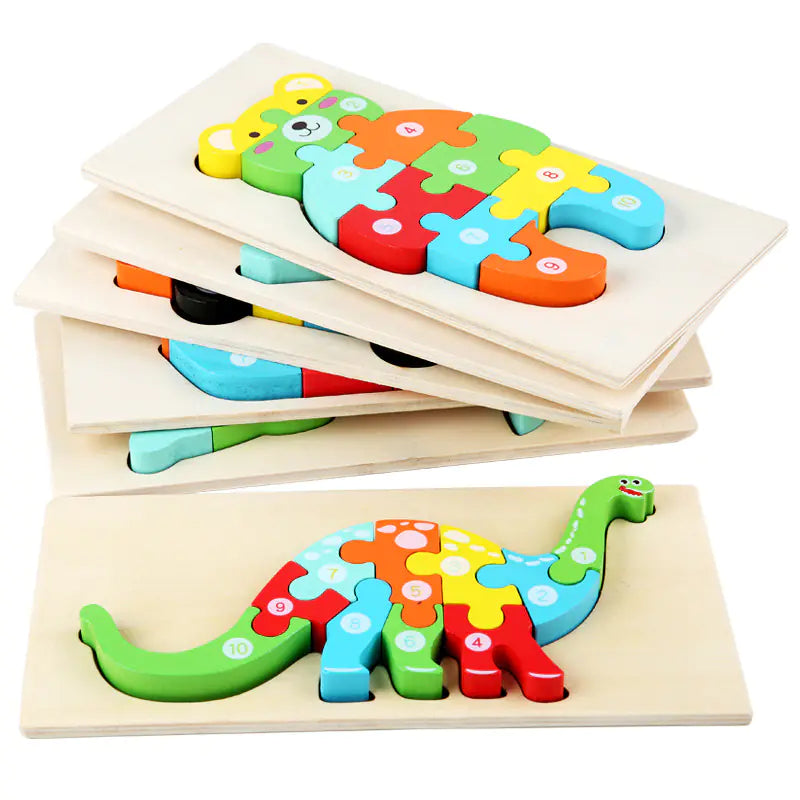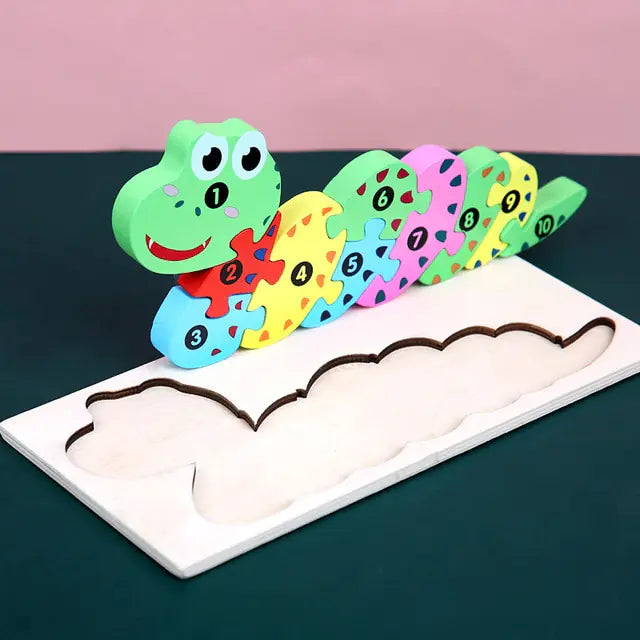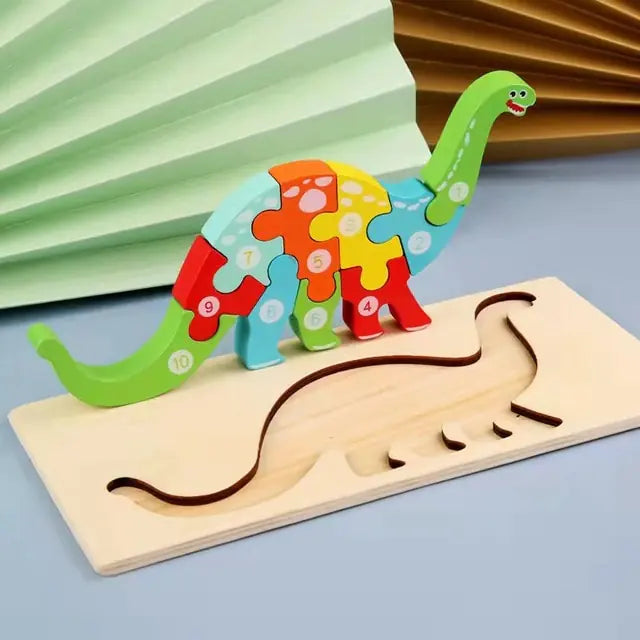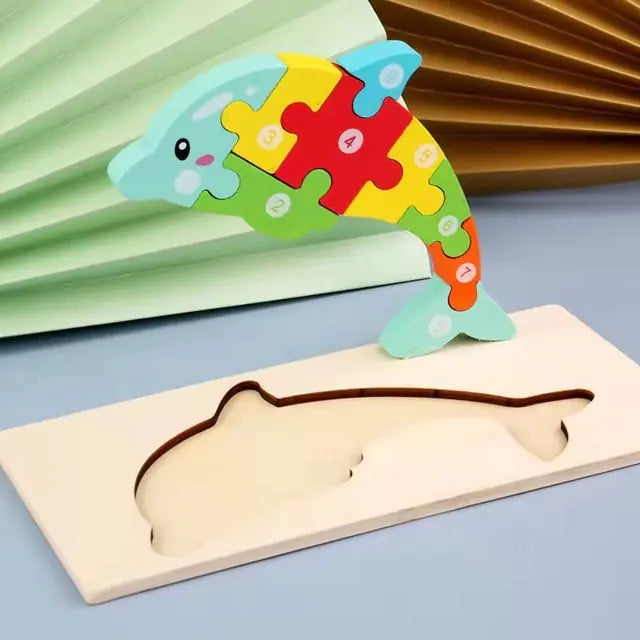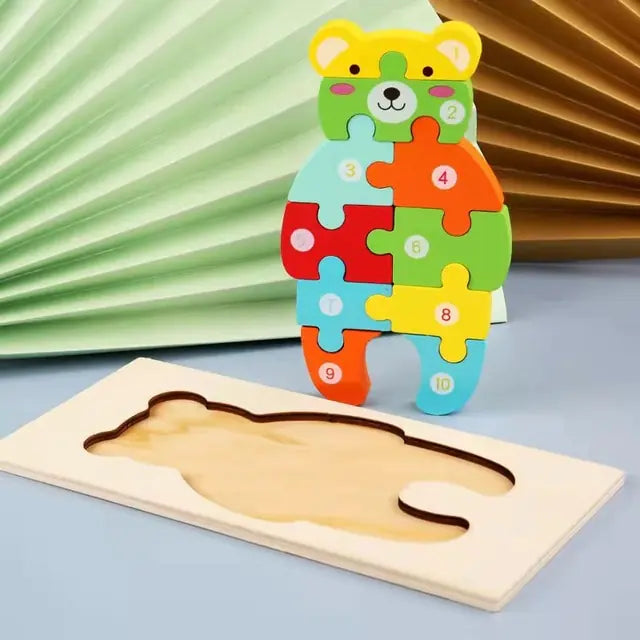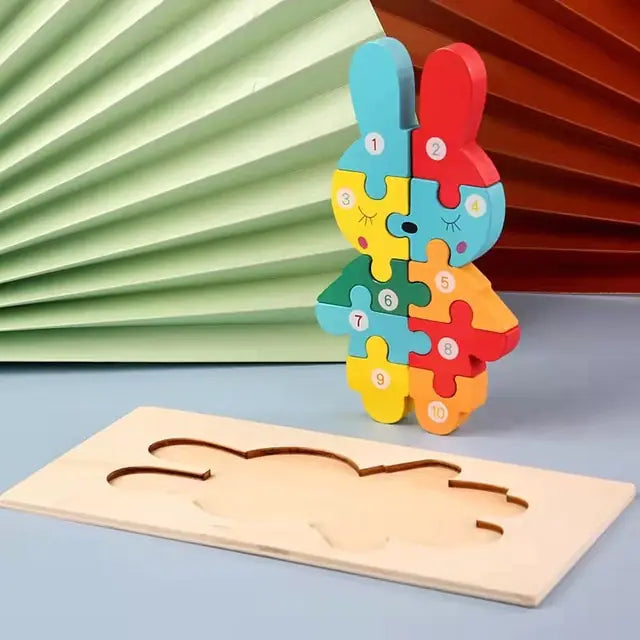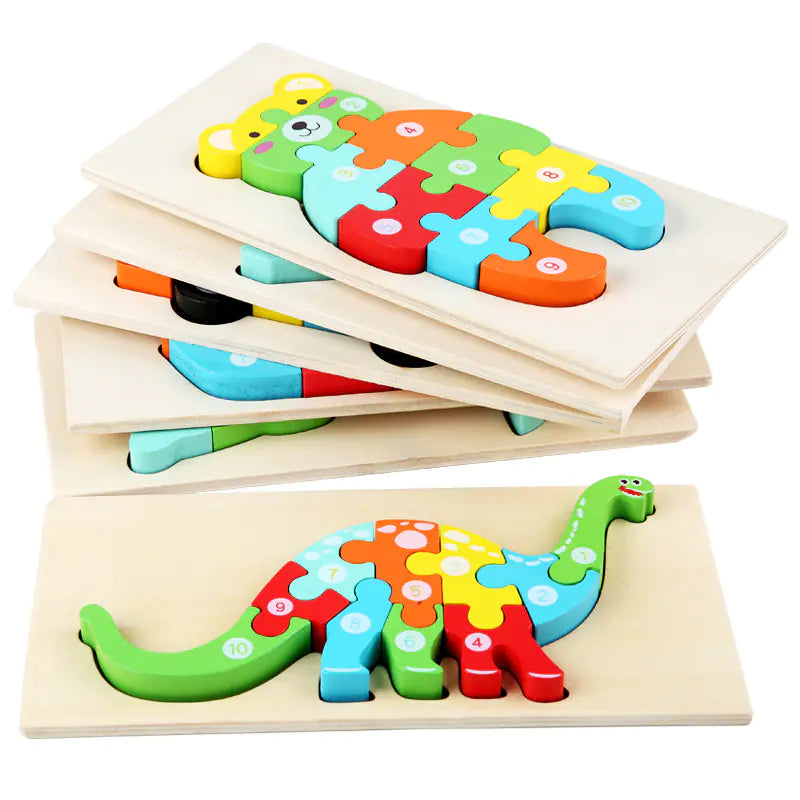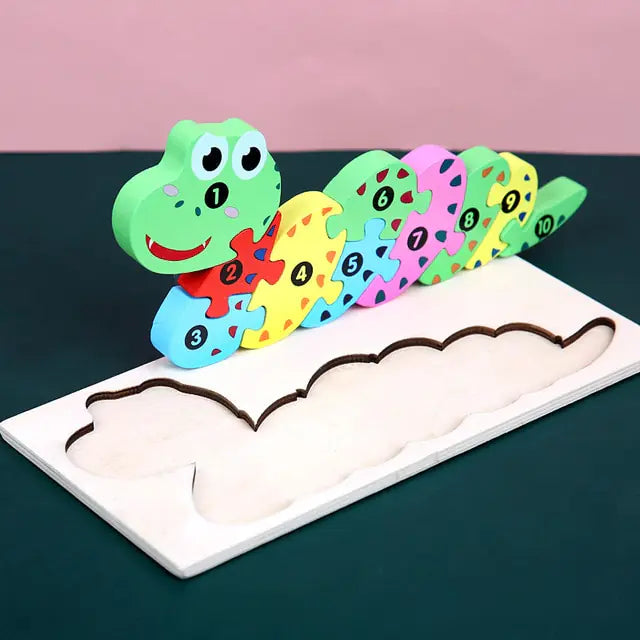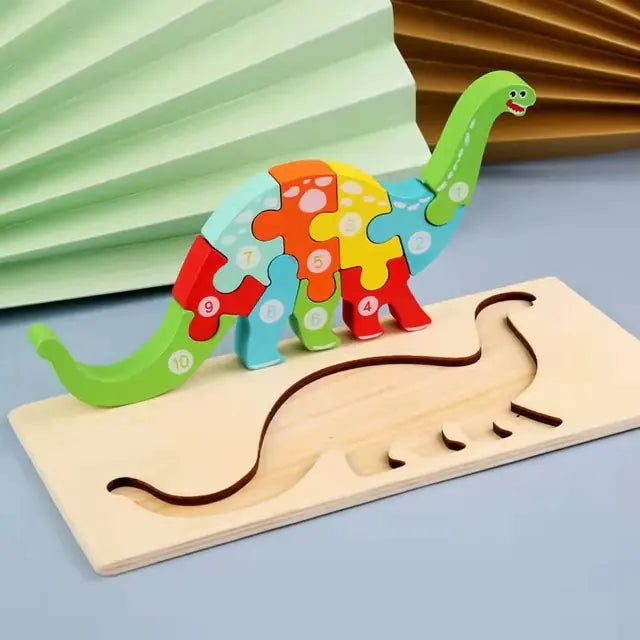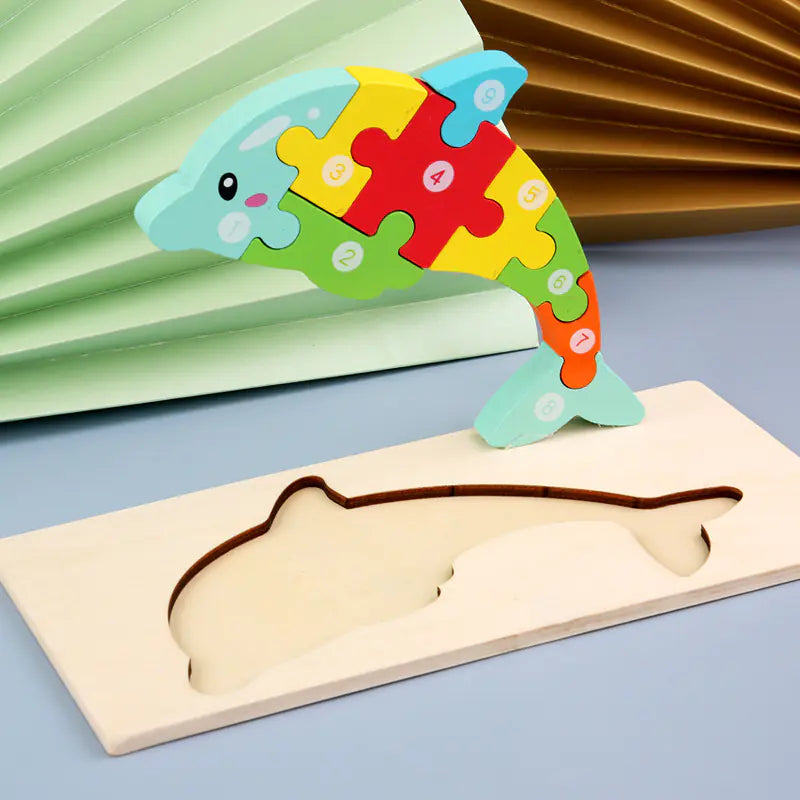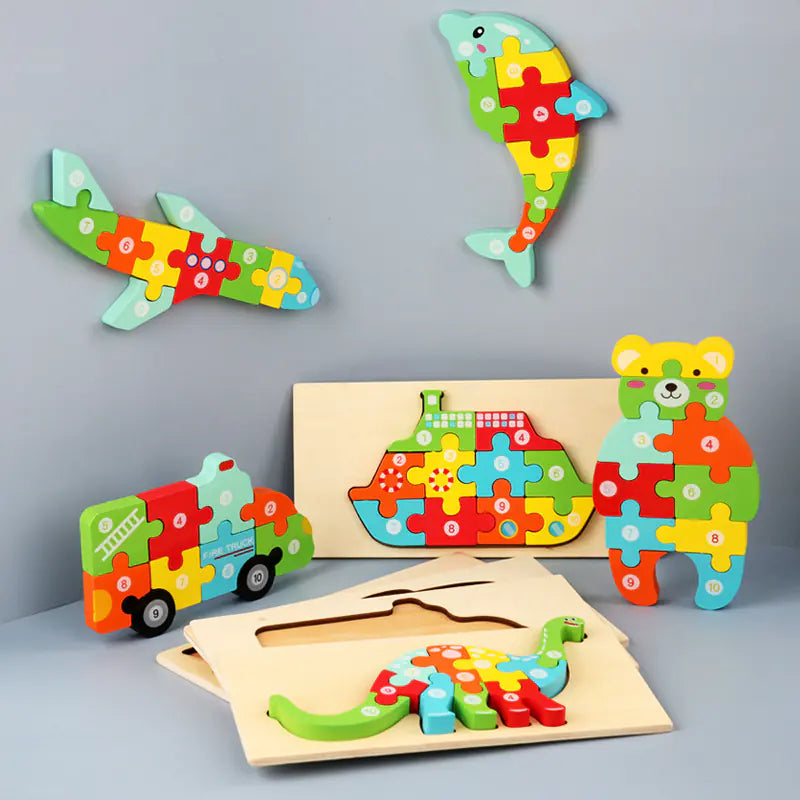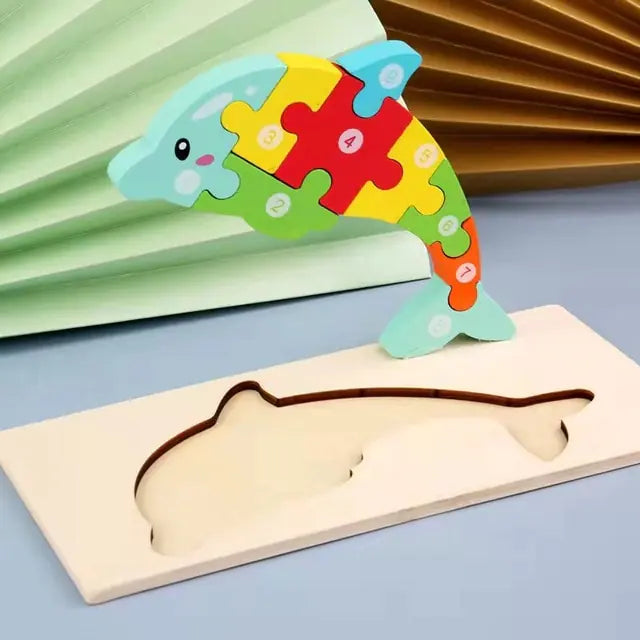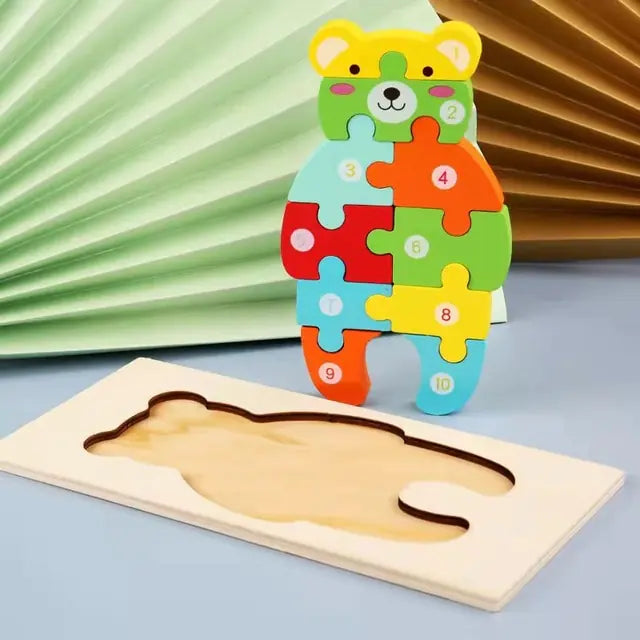Exploring the world of engaging learning toys for children with autism opens up a myriad of possibilities for growth, development, and joy. These toys are not just playthings; they are tools that can help in addressing the unique needs of children on the autism spectrum. From sensory playtime favorites to tech toys tailored for today's youngsters, each category offers a special way to stimulate the senses, develop skills, and provide comfort. This article delves into the different types of toys and offers insights into how they can benefit children with autism.
Key Takeaways
- Sensory toys for autism are designed to stimulate different senses and can be categorized into tactile, oral, and visual stimulation toys.
- These toys can enhance sensory experiences, develop tactile awareness, and support children's engagement and communication skills.
- Educational toys that focus on learning through play can foster creativity, problem-solving, imaginative play, and motor skills development.
- Sensory toys are beneficial for relaxation, providing a sense of control and safety that can help with sleep and calming routines.
- When choosing toys for children with autism, it's crucial to consider the child's specific preferences, safety, and the educational value of the toys.
Sensory Playtime Favorites

Why Sensory Toys Rock
Let's talk about why sensory toys are a total game-changer for our kiddos with autism. They're not just toys; they're tools that help children engage with the world in a way that's comfortable and fun for them. Sensory toys can be anything from squishy balls to toys that make sounds, and they all serve a special purpose: to stimulate the senses in a safe and structured way.
Engagement is the name of the game here. These toys encourage our little ones to explore, create, and imagine, all while developing their sensory processing abilities. It's about giving them the freedom to experience different sensations, which can boost their cognitive, social, and emotional growth.
- Textured toys can improve tactile awareness.
- Auditory toys can help with sound discrimination.
- Visual toys can strengthen visual tracking.
By providing a variety of sensory experiences, we're not just keeping our kids entertained; we're helping them grow and learn in a way that's tailored to their unique needs.
Top Picks for Tactile Fun
When it comes to tactile toys, I've found some absolute gems that my kids can't get enough of. Squishy stress balls with various textures have been a hit, providing a satisfying squeeze and a way to work out those little stresses. Another favorite is the Discovery Putty Intergalactic Odyssey; it's not just a putty, it's a treasure hunt that keeps hands busy and minds engaged.
Here's a quick list of tactile toys that have been winners in our house:
- Easy-Grip Soft Foam Sensory Puzzle Blocks ($19.99) - Perfect for building and sensory exploration.
- Touchable Textured Mitts ($49.99) - A set of four mitts, each offering a unique texture.
- Soft Saddle Scooter (Starting at $57.99) - A ride-on toy that's great for balance and sensory feedback.
When choosing tactile toys, I always look for items that engage multiple senses and offer a variety of textures and experiences. Safety and durability are key, ensuring that these toys can withstand the enthusiastic play of my curious kiddos.
Visual Wonders for Curious Minds
I've always been fascinated by how colors and shapes can captivate children, especially those with autism. It's like watching a little artist at work, their eyes lighting up with every new visual discovery. Educational toys are crucial for children's development, enhancing sensory skills and cognitive growth through hands-on exploration and multisensory experiences.
One of my favorite finds is the 'Geomagic Mosaics', which not only promotes patience and focus but also encourages collaborative play. Here's a quick list of visual toys that have been a hit with the kids:
- SpinAgain for its mesmerizing descending action
- Dimpl Wobbl for the simple joy of popping
- Teeter Popper for balance and visual effects
These toys are more than just fun; they're a gateway to learning and development.
And let's not forget about the 'Peg a Pattern' game. It's a fantastic way to adapt to various challenges, and with a little tweak—like adding a suction bowl to keep the pegs from scattering—it becomes an even more enjoyable activity. The beauty of these toys lies in their ability to merge play with purpose, turning every interaction into an opportunity for growth.
Chill-Out Tools for Cozy Times

Sensory Toys for Sleep and Relaxation
I've found that introducing sensory toys designed for sleep and relaxation can make a world of difference for children with autism. These toys often provide the right kind of tactile stimulation and pressure that's just perfect for helping them wind down. Weighted blankets and toys, for instance, are a hit in our household. The gentle pressure they exert is like a reassuring hug that can help ease the transition to dreamland.
Another favorite are vibrating toys and pillows. They're not just cozy; when they're squeezed, they come to life with a gentle vibration that many kids find incredibly soothing. It's like having a purring kitten or a humming engine that helps signal to their bodies that it's time to relax. Just remember, every child is unique, so it's all about finding what works best for your little one.
In my experience, these sensory toys are more than just playthings; they're tools that can enhance learning through sensory stimulation and cognitive development. And it's not just about the toys themselves, but how they fit into your child's daily routine that can really set the stage for a peaceful night's sleep.
Calming Gifts for Autism
Finding the perfect gift for a child with autism often means looking for something that can provide a sense of calm and comfort. Weighted blankets and vibrating pillows are my go-to recommendations. The gentle pressure from a weighted blanket can mimic a hug and help soothe an anxious mind, while the subtle vibrations of a pillow can offer a calming sensation that many kids with autism find relaxing.
Here's a quick list of calming gift ideas:
- Weighted blankets for deep pressure comfort
- Vibrating pillows for gentle sensory input
- Fidget toys to keep busy hands occupied
- Aromatherapy pillows for a soothing scent
- Stress balls to squeeze away tension
Each of these gifts can be a little sanctuary of peace for a child, providing a safe and comforting way to manage sensory overload and stress.
It's not just about the item itself, but the security it brings. When you choose a calming gift, you're giving more than just a toy or a tool; you're offering a way for a child to feel in control and at ease in their environment. And that's a gift that's truly priceless.
Creating a Soothing Sanctuary
I've found that creating a special retreat zone in your home can be a game-changer for kids with autism. It's a place where they can unwind and engage with sensory toys that calm and comfort. Designating a cozy corner with soft lighting, a comfy seat, and a selection of calming activities can make all the difference. Here's how I set up our soothing sanctuary:
- Choose a quiet corner away from high traffic areas.
- Fill it with sensory-friendly items like weighted blankets, soft pillows, and tactile toys.
- Incorporate calming sounds with a white noise machine or soft music.
- Keep it organized and clutter-free to reduce overstimulation.
Ensuring the space is clean and free from potential allergens is also crucial for a safe and inviting environment.
Remember, the goal is to create a space that feels safe and inviting, where your child can retreat to when the world gets a bit too overwhelming. It's not just about the toys; it's about the feeling of the space. And trust me, the benefits of having a go-to calm zone are priceless.
Get Creative with Autism-Friendly Crafts

Art Supplies for Sensory Exploration
I've found that art supplies designed for sensory exploration can be a game-changer for children with autism. They provide a safe and creative outlet for self-expression and sensory stimulation. Using a variety of textures and materials can significantly enhance their sensory experiences and stimulate development.
- Offer a diverse range of materials: Incorporate items like sand, water, playdough, or textured objects.
- Encourage open-ended play: This allows kids to explore and create without restrictive rules.
- Focus on the process, not the product: It's all about the sensory journey, not the end result.
By immersing their hands in these materials, children not only have fun but also develop fine motor skills and hand-eye coordination. Plus, it's a fantastic way for them to engage in imaginative play and problem-solving. And let's not forget the joy of seeing their faces light up as they make their own sensory-rich creations!
DIY Sensory Bins and Bottles
I've found that creating your own sensory bins and bottles is not just fun, but it's a fantastic way to tailor playtime to your child's specific interests and sensory needs. Sensory bins are a playground for the senses, offering a variety of textures and materials for little hands to explore. From the soothing swish of rice to the gentle resistance of play sand, each element can help fine-tune motor skills and encourage imaginative play.
Why DIY?
- Customizable to your child's preferences
- Inexpensive and easy to create
- Promotes creativity and independence
For sensory bottles, the magic is in the movement and sound. Filling them with colorful beads, glitter, and small trinkets can captivate a child's attention and provide a calming effect. It's a simple yet effective way to engage visual and auditory senses.
By encouraging your child to help in the creation process, you're not just crafting a toy, but also instilling a sense of accomplishment and pride in their own creations.
Remember, the goal is to make learning and development an enjoyable journey. With DIY sensory bins and bottles, you're doing just that, one scoop and shake at a time.
Crafting for Fine Motor Skills
As a parent, I've seen firsthand how crafting can be a game-changer for children with autism, especially when it comes to developing fine motor skills. Activities like threading beads or sculpting with clay require precision and control, which are exactly the skills that our little ones can enhance through sensory play. These crafts aren't just fun; they're a form of therapy that empowers kids to gain independence in daily tasks.
Toys that promote fine motor skills often involve pinching, pouring, and lacing movements. Here's a quick list of my top crafting activities that have helped my child:
- Bead threading for jewelry making
- Clay sculpting and pottery
- Lacing cards or sewing kits
- Sand art with fine tools
- Mosaic tile art projects
By incorporating these crafts into playtime, children not only enjoy the process but also work on their dexterity and hand-eye coordination. It's a win-win situation where they can express their creativity while improving essential life skills.
Moreover, cause and effect toys can further enhance these skills as children learn to manipulate different components to achieve desired outcomes. It's incredible to watch their motor control and dexterity improve over time. Remember, the key is to provide a variety of textures and sizes for them to explore and manipulate.
Learning Through Play

Educational Toys that Make Learning Fun
I've always believed that play is the gateway to learning, and with the right educational toys, it's a blast for kids with autism! These toys are not just about fun; they're a treasure trove of learning opportunities. Educational toys play a crucial role in speech therapy by enhancing language development, interactive play, and communication skills in children. Bilingual support in toys benefits children with autism in language learning and communication.
When I pick out toys for my little one, I focus on their educational value. I look for toys that encourage problem-solving, imaginative play, social interaction, and motor skills development. It's amazing to see how the right toy can spark joy and curiosity while also helping my child reach developmental milestones.
Safety and durability are non-negotiable for me. I always prioritize toys that are durable, non-toxic, and free from small parts or choking hazards. It's essential that the toys can withstand rough handling and play while also being safe for my child to use independently.
Here's a quick list of some of my top picks:
- MEAVIA LINE UP SENSORY TOYS PLAYSET: Best for lining up & sorting
- SQUIGZ LIMITED EDITION 18 PIECE SET: Great for building skills
- SIMPL DIMPL - COLORFUL: Perfect for encouraging fine-motor/hand-eye coordination
- GONGE HILLTOPS SET OF 5: Ideal for balance and imaginative play
These toys not only support my child's learning but also provide endless hours of entertainment. It's a win-win in my book!
Games for Social Skills and Teamwork
I've seen firsthand how the right games can be a game-changer for kids with autism. They're not just about having fun; they're a bridge to learning essential social skills like sharing, taking turns, and understanding others. For instance, board games with visual cues not only keep the kids engaged but also enhance their visual processing and memory retention.
- Board games promote patience, communication, and problem-solving skills.
- Role-playing kits encourage children to step into someone else's shoes, fostering empathy.
These toys are more than playthings; they're tools that help children navigate the complexities of social interactions.
And let's not forget the creativity and hand-eye coordination that comes into play. It's about striking that perfect balance between learning and fun, and I'm all for it!
Puzzles and Problem-Solving
I've always believed that playtime should be both fun and educational, and that's where puzzles come into the picture. They are more than just toys; they're educational tools that nurture young minds in a playful setting. Puzzles are educational tools for young minds, fostering critical thinking, problem-solving, and fine motor skills in a fun and engaging way.
When it comes to selecting puzzles for children with autism, it's important to consider their individual needs and preferences. Some kids might be drawn to the bright colors and shapes of a jigsaw puzzle, while others might prefer the tactile feedback of a 3D puzzle or the challenge of a logic game. Here's a quick list of puzzle types that can support various developmental goals:
- Jigsaw puzzles for visual-spatial reasoning
- Shape sorters for categorization skills
- 3D puzzles for tactile exploration
- Logic games for strategic thinking
Encouraging variety in play is key. If your child enjoys a specific puzzle, try introducing small variations to keep things fresh and challenging. This can help prevent them from getting stuck in a repetitive loop and promote new learning opportunities.
Remember, the goal is to make learning an adventure that they look forward to every day. By incorporating puzzles into playtime, we're not just keeping our kids entertained; we're helping them build the skills they'll need to navigate the world around them.
Outdoor Adventures with Sensory Toys

Nature-Inspired Sensory Activities
I've found that nothing beats the great outdoors for stimulating all the senses in a natural, calming way. Nature-inspired sensory activities are a fantastic way to blend sensory play with the beauty of the environment. Imagine the feel of leaves, the scent of flowers, and the sounds of birds - it's all about bringing the sensory richness of the outdoors to our kids.
- Homemade scented playdough
- Sound exploration with natural materials
- Garden treasure hunts
By engaging with nature, children with autism can experience a symphony of sensations that are both grounding and educational. It's not just about the fun; these activities can enhance their sensory processing, which is crucial for their overall development. And let's not forget the added bonus of fresh air and the gentle exercise that comes with outdoor play!
Encouraging your child to explore the textures, sounds, and smells of nature can lead to moments of joy and discovery that are both simple and profound.
Water Play for Sensory Delight
I've found that water play isn't just fun, it's a versatile sensory experience that can be incredibly soothing for children with autism. The gentle resistance of water offers a unique tactile sensation, and the sight of bubbles and toys floating can captivate and calm a busy mind. Water play encourages exploration of different textures and temperatures, and it's a fantastic way to introduce cause and effect through play.
For instance, the Fill n’ Fun Water Mat is a hit at just \$12.99. Kids can press down to make the toys inside move, which is not only entertaining but also great for motor skill development. And don't overlook the joy of creating homemade sensory items. They're a budget-friendly way to customize playtime to your child's preferences, fostering a sense of control and promoting relaxation.
Engaging in water play is more than just splashing around; it's a chance to nurture curiosity and an appreciation for the sensory wonders of water. It's a simple yet effective way to support your child's development and bring joy to their day.
Here's a quick list of water play benefits:
- Stress relief through sensory stimulation
- Development of motor skills
- Understanding of cause and effect
- Customizable play to suit individual needs
- Opportunities to encourage outdoor STEM learning
Sports and Movement for Proprioceptive Input
I've seen firsthand how sports and movement can be a game-changer for kids with autism. They're not just about getting active; they're about providing that essential proprioceptive input that helps with body awareness and coordination. Engaging in sports can significantly improve a child's motor skills, balance, and overall physical health.
Italics aren't just for emphasis; they're a way to highlight the importance of proprioceptive activities. From climbing to jumping, each action helps children understand where their body is in space. And let's not forget the fun factor—kids love the challenge and excitement that comes with mastering a new sport or movement activity.
Here's a quick list of activities that can boost proprioceptive input:
- Jumping on a trampoline
- Playing catch with a soft ball
- Running obstacle courses
- Practicing martial arts
- Swimming
Encouraging your child to participate in these activities can lead to improvements in attention, behavior, and even social skills. It's about giving them the tools to explore and interact with the world in a way that's comfortable for them.
Tech Toys for Today's Tots

Interactive Apps and Games
I've seen firsthand how the right interactive apps and games can open up a world of learning and engagement for children with autism. These digital tools are designed to be both fun and educational, striking a balance that keeps kids intrigued while they develop crucial skills. Preschool pioneers recommend puzzles for cognitive development and tech toys for interactive learning in ages 3-5. It's all about finding that sweet spot where fun meets education, and thankfully, there are plenty of affordable options out there.
Here's a quick list of benefits that these apps and games offer:
- Encourages independent play and exploration
- Enhances problem-solving and critical thinking
- Improves hand-eye coordination and fine motor skills
- Offers a safe environment to practice social interactions
With the right app, your child can enjoy a playful experience tailored to their learning pace and interests.
Remember, the goal is to support your child's development while making sure they're having a blast. It's incredible to watch them light up as they make connections and overcome challenges on their own terms.
Gadgets for Sensory Stimulation
I've seen firsthand how the right gadgets can turn playtime into an opportunity for growth and learning. Electronic sensory toys for toddlers and interactive STEM toys are more than just fun; they're a gateway to developing critical skills. These gadgets are specially designed to engage children with autism, providing the right level of stimulation to foster learning.
- Fidget spinners with tactile feedback
- Textured puzzles that encourage problem-solving
- Light-up toys that captivate with visual effects
By incorporating these toys into daily play, we can create an environment that supports sensory exploration and cognitive development. It's all about finding the right toy that resonates with your child's unique needs and interests.
With the right sensory gadget, every play session becomes a stepping stone towards greater learning and development.
Safe Screen Time Tips
In our tech-savvy world, it's crucial to find a balance between traditional play and the allure of digital devices. Tech toys can be a fantastic tool for learning, blending entertainment with educational value. They foster skills that prepare our kids for a future where technology is omnipresent. But as a parent, I'm always conscious about the amount of screen time and the content my child is exposed to. Here's a simple list to ensure screen time is both safe and beneficial:
- Set clear time limits for device use and stick to them.
- Choose apps and games that are age-appropriate and have educational merit.
- Create a family media plan that includes what and when children can watch or play.
- Engage with your child during screen time to make it interactive and social.
By setting these boundaries, we can make screen time a positive experience that complements our children's learning journey. Remember, moderation is key, and there's no substitute for hands-on, sensory-rich play.
Reviews of tech toys often highlight their ability to support emotional development and ensure safety while promoting growth. It's about finding the right tech toys that strike a balance, offering our children the best of both worlds—a foundation in traditional play enhanced with the educational benefits of technology.
On-the-Go Goodies

Travel-Friendly Sensory Solutions
When we're on the move, keeping our little ones engaged and calm can be a bit of a juggling act. But I've found that sensory bags are a game-changer for travel. They're compact, easy to carry, and can be filled with a variety of materials that provide that much-needed tactile stimulation. Sensory bags can be a parent's best friend during long car rides or flights.
Discovery Putty and Easy-Grip Soft Foam Sensory Puzzle Blocks are just a couple of examples that are perfect for travel. They're not only fun but also support fine motor skills and sensory exploration. Here's a quick list of some travel-friendly sensory toys and their prices:
- Discovery Putty Intergalactic Odyssey: $15.99
- Easy-Grip Soft Foam Sensory Puzzle Blocks: $19.99
These toys are not just about keeping busy hands occupied; they're about creating a sense of familiarity and security in a new environment. The right sensory toy can turn a stressful trip into an adventure.
Keeping Calm on the Move
Traveling with kids can be a challenge, but it's a whole different ball game when you're a parent of a child with autism. Keeping your little one calm on the move is crucial, not just for their comfort, but for your peace of mind too. I've found that having a go-to 'calm down kit' is a lifesaver. It's like a portable sanctuary that can help soothe and distract during those inevitable moments of travel stress.
Here's what I always pack in our kit:
- A couple of favorite tactile toys, like play dough or a stress ball
- Calm-down cards with simple, comforting activities
- A small, weighted blanket for a sense of security
- Headphones for calming music or audiobooks
Each item serves a purpose, whether it's to offer a distraction, provide a comforting touch, or help with sensory regulation. And the best part? They're all travel-sized and easy to carry.
Remember, what works for one child may not work for another, so it's all about finding what resonates with your kiddo. And don't forget to pack a little patience for yourself, too. Happy travels!
Portable Playsets for Busy Hands
As a parent, I'm always on the lookout for toys that can keep up with my little one's energy, especially when we're on the move. Portable playsets have been a game-changer for us. They're compact, easy to carry, and most importantly, they keep those busy hands engaged. Portable playsets are perfect for long car rides, waiting rooms, or any situation where space and time are limited.
One of my top recommendations is a mini puzzle set. Puzzles are not just fun; they're fantastic for developing problem-solving skills and can be a calming activity for children with autism. Here's a quick list of why these playsets are a must-have:
- Convenience: They fit in a diaper bag or backpack with ease.
- Skill-building: They help improve fine motor skills and cognitive development.
- Variety: There's a playset for every interest, from animals to vehicles.
When choosing a portable playset, look for options that are durable and have secure storage for the pieces to ensure nothing gets lost in transit.
Remember, the goal is to find toys that are as adaptable and resilient as our kids. Portable playsets are just that, providing a source of learning and entertainment that can go wherever life takes us.
The Power of Oral Stimulation

Chewables and Textured Toys
I've seen firsthand how chewables and textured toys can be a game-changer for kids with autism. They offer a safe and appropriate way to satisfy the need to chew, which can be incredibly calming. Chewable necklaces and bracelets, for instance, are not only handy but also stylish, making them a discreet option for older children.
Chewable pencil toppers are another brilliant invention. They transform a regular pencil into a sensory tool, keeping hands busy and minds focused during schoolwork. And let's not forget about the textured teething toys that are designed for older kids who still have the urge to chew.
Safety is paramount when choosing these toys. Always look for non-toxic materials and avoid small parts to prevent choking hazards.
Here's a quick list of some popular options:
- Chew Brick Sensory Chewing Necklace
- Spikey Soft Glove Visual Sensory Fidget Toy
- Vibrating toys and pillows for varied sensory input
Remember, while these toys are great, they're just one part of a larger sensory toolkit that can help children with autism navigate their world with a bit more ease.
Oral Motor Skill Builders
I've seen firsthand how the right toys can make a world of difference in developing oral motor skills for children with autism. Chewable necklaces and textured teething toys are not just fun to gnaw on; they're essential tools for kids who need that oral sensory input. These toys can help redirect inappropriate chewing behaviors and provide a safe outlet for exploration.
- Chewable necklaces or bracelets made of non-toxic materials
- Textured teething toys for older children
- Chewable pencil toppers for focus during schoolwork
By incorporating these sensory solutions into playtime, we're not just keeping our kids engaged; we're also supporting their speech and language development. It's a win-win!
With the right selection of oral stimulation toys, your child can enjoy the benefits of improved focus, reduced anxiety, and a fun way to work on speech development.
Safety First: Choosing the Right Products
When it comes to selecting toys for our little ones, safety is paramount. I always look for toys that are age-appropriate and free from small parts that could pose a choking hazard. It's essential to choose items that are durable and non-toxic, ensuring they can stand up to enthusiastic play without compromising safety.
Supervision is key during playtime. Even with the safest toys, I make it a point to keep a watchful eye on my child, stepping in when necessary to guide their exploration in a safe direction. Here's a quick checklist I follow to ensure the toys I bring home are up to the mark:
- Check for safety certifications on the packaging.
- Read product labels for age recommendations and warnings.
- Regularly inspect toys for signs of wear or damage.
- Clean and sanitize toys to maintain a hygienic play environment.
By taking these precautions, we can create a secure space for our children to learn and grow through play, without any unwelcome surprises.
Engaging the Senses in Everyday Life

Incorporating Sensory Toys into Daily Routines
I've found that weaving sensory toys into everyday life can be a game-changer for children with autism. It's all about creating a seamless blend of fun and development. For instance, a morning routine could include a sensory-rich play mat to kickstart the day with some tactile exploration. During mealtime, using utensils with textured handles can turn an ordinary activity into a sensory experience.
Consistency is key when establishing these routines. By integrating sensory play into regular activities, we're not only supporting sensory development but also enhancing communication skills and overall engagement. Here's a simple way to get started:
- Identify daily activities where sensory toys can be introduced.
- Choose toys that align with your child's preferences and sensitivities.
- Create a structured schedule to include sensory play.
By thoughtfully incorporating sensory toys into daily life, we can help our children with autism feel more comfortable and engaged, paving the way for joyful learning and growth.
Sensory-Friendly Clothing and Accessories
As we explore engaging and educational toys for our kids, let's not forget the importance of sensory-friendly clothing and accessories. These items can be a game-changer for children with autism, providing comfort and reducing sensory overload. Soft fabrics, seamless designs, and adjustable features make all the difference in their daily lives.
- T-shirts with tagless labels to prevent irritation
- Compression vests for a calming, hugging sensation
- Hats and sunglasses to shield from overwhelming light
By incorporating these sensory-friendly items into our children's wardrobes, we're not just dressing them for the day—we're equipping them with tools to navigate their environment more comfortably. And when they're comfortable, they're open to more hands-on learning experiences.
Creating a soothing environment extends beyond toys and playsets. It's about embracing a lifestyle that caters to our children's unique needs, ensuring they feel secure and focused throughout the day.
Home Modifications for Sensory Needs
I've found that creating a sensory-friendly environment at home is a game-changer for kids with autism. It's all about crafting a space that's tailored to their sensory needs, which can significantly boost their emotional regulation and growth. By minimizing distractions and using suitable toys and materials, we can make a world of difference in their daily lives.
Here's a quick rundown of what I've done to make our home more sensory-friendly:
- Designated a calm, organized space for sensory play, away from noisy areas.
- Included a variety of sensory materials, like tactile objects, auditory toys, and visual aids.
- Added some cozy nooks with pillows and blankets for when it's time to wind down.
It's not just about the toys; it's about the entire atmosphere. Soft lighting, muted colors, and a clutter-free zone can help create a soothing sanctuary that's just perfect for exploration and play.
Remember, every child is unique, so it's crucial to consider their individual preferences and comfort levels. Sometimes, it's the simplest changes that make the biggest impact. For instance, swapping out harsh lighting for soft, warm bulbs can transform a room into a calming retreat.
Your Questions Answered

Choosing the Right Sensory Toys
When it comes to picking out the perfect sensory toy for your child, it's all about understanding their unique needs and what makes them tick. Safety and durability are top priorities, because let's face it, kids will be kids, and toys need to withstand a bit of rough and tumble.
Next up, consider the sensory features. Does your little one get a kick out of squishy textures or are they more of a visual learner, captivated by bright colors and patterns? It's crucial to choose toys that cater to their specific preferences and sensitivities to ensure an enjoyable and beneficial experience. Here's a quick rundown to help you out:
- Tactile toys for touch exploration
- Auditory toys for sound stimulation
- Visual toys for color recognition
- Multisensory toys for an all-around experience
By engaging with these toys, children with autism can enhance their sensory experiences and develop their tactile awareness and discrimination skills.
Remember, the goal is to provide a fun learning environment that respects their sensory boundaries. So take your time, do a little research, and you'll find that perfect toy that they won't want to put down.
Maintaining and Cleaning Sensory Toys
Keeping our kids' sensory toys clean and well-maintained is crucial, not just for the longevity of the toys, but for the health and safety of our little ones. Regular cleaning helps to minimize the risk of infection and ensures a hygienic play environment. Here's a simple guide to help you keep those toys in tip-top shape:
- Daily: Wipe down surfaces with a damp cloth.
- Weekly: Wash fabric items and disinfect plastic toys.
- Monthly: Do a thorough check for any wear and tear.
Games and toys with electronic components may require special attention, so always check the manufacturer's instructions. For toys that come into contact with the mouth, like chewables, it's essential to sanitize them after each use.
Safety is paramount, so always choose durable, non-toxic toys that are free from small parts or choking hazards. And while we're on the topic of safety, let's not forget about allergens. Opt for hypoallergenic materials whenever possible to ensure a safe play experience for your child.
Addressing Common Concerns
I get it, choosing the right toys for your child with autism can sometimes feel like navigating a maze. But don't worry, I've got some tips for safe toy usage that'll help you out. First off, always research reputable brands to ensure quality and safety. If you're going for tech toys, remember to update software regularly and monitor playtime to keep things secure. And hey, let's not forget about educating our kids on online safety, especially with interactive apps and games.
Sensory play isn't just about fun; it's a powerful tool for development. Toys designed with inclusivity in mind can make a world of difference. For the little coders, there are coding toys tailored for different ages, sparking both creativity and learning.
When in doubt, reach out to communities or forums where other parents share their experiences. It's a goldmine of information and support.
Lastly, here's a quick list to keep in mind when shopping for sensory toys:
- Look for toys that can grow with your child's interests and abilities.
- Consider the ease of cleaning, because let's face it, things can get messy.
- Check for any small parts or potential hazards.
- Think about how the toy can be integrated into your child's daily routine for consistent benefits.
Got a burning question about our multifunctional 3D puzzles or any of our other educational toys? We're here to help! Visit the 'Your Questions Answered' section on our website to get all the information you need. Engage with our community, read customer testimonials, and let us assist you in choosing the perfect toy to spark creativity and learning in your child. Don't wait, head over to Wonder Kids Toy Store now and start exploring!
Wrapping It Up
As we've explored the world of learning toys for children with autism, it's clear that the right playthings can make a world of difference. From tactile stimulation to sensory relaxation, each toy has the potential to unlock new doors of perception and interaction for these amazing kids. Remember, the best toy is one that resonates with your child's unique needs and brings joy to their learning journey. So, go ahead, pick out something special, and watch the magic happen in every giggle, every curious touch, and every moment of engaged play. Happy toy hunting!
Frequently Asked Questions
What are sensory toys for kids with autism?
Sensory toys for kids with autism are specially designed toys that aim to engage and stimulate the senses of kids on the autism spectrum, including sight, sound, touch, smell, and taste. These toys help children with autism explore and interact with their environment in a safe and therapeutic manner.
How can sensory toys benefit children with autism?
Sensory toys can enhance sensory experiences, develop tactile awareness, improve focus and attention, support sensory development, foster communication skills, and provide opportunities for exploration and self-expression.
What should I consider when choosing sensory toys for my child with autism?
Choose toys that cater to your child's specific preferences and sensitivities, promote learning and skill development, encourage problem-solving and social interaction, and are made from safe materials.
How can I ensure the safety of toys for my child with autism?
Ensure toys are made from non-toxic, durable materials, check for small parts that could be a choking hazard, and supervise your child during play to prevent any accidents.
Are there specific toys recommended for children under three years with autism?
Yes, there are toys specifically recommended for children up to three years with autism that focus on sensory stimulation and safety, such as soft tactile toys, chewables, and large-piece puzzles.
How do cause and effect toys help children with autism?
Cause and effect toys enhance engagement, foster positive social interactions, and contribute to the development of cognitive and motor skills by demonstrating that actions can produce specific outcomes.
Can sensory toys be incorporated into daily routines for children with autism?
Yes, sensory toys can be incorporated into daily routines to create a structured and supportive environment that caters to the sensory needs of children with autism.
What are some sensory activities that can be done outdoors?
Outdoor sensory activities can include nature-inspired exploration, water play, sports and movement for proprioceptive input, and homemade sensory items tailored to the child's preferences.


